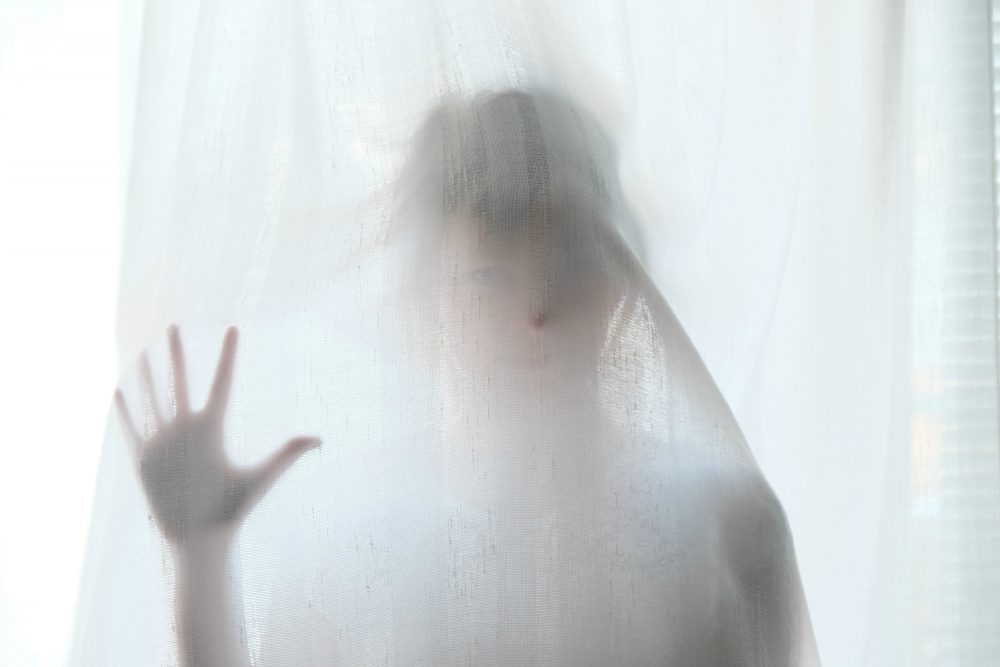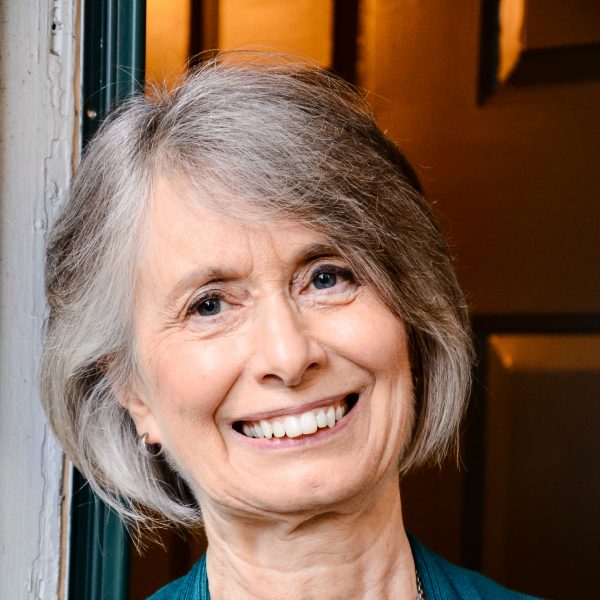Advertisement
Over The Line: Halloween Fun At The Expense Of The Mentally Ill

COMMENTARY
Every Halloween, decorations pop up in stores and suburbs of “old fashioned insane asylums,” with wild-eyed madmen in straitjackets, bloody inmates chained to asylum ceilings, and ghoulish patients strapped to wheelchairs.
You can order them easily. And last month, before protests in California, you could experience grisly asylums with frenzied patients at amusement parks including Six Flags New England, which featured a PSYCHO-PATH Haunted Asylum, where “maniacal inmates yell out from their bloodstained rooms and deranged guards wander the corridors in search of those who have escaped.”
We would protest decorations of lynching trees, so why do we accept mental-patient dolls hanging from asylum ceilings?
Where is the outrage? We would be rightly horrified by a Halloween party with a concentration camp theme, or a slave ship theme, so how can it be OK to mock another group that has been tortured throughout history? We would protest decorations of lynching trees, so why do we accept mental-patient dolls hanging from asylum ceilings? We wouldn’t tolerate a Parkinson’s costume that shakes as you walk, so why do we parody people who have other conditions affecting brain and behavior?
Insane asylum Halloween themes trivialize some of the darkest chapters in our history. In the 20th century alone, the Nazis exterminated tens of thousands of the “mentally incompetent,” and the U.S. government sterilized asylum residents, confining them in filthy dark cells for years or a lifetime. Over 80,000 Americans were maimed or killed by lobotomy, most famously President Kennedy’s sister Rosemary.
Some will say that those protesting Halloween insane asylums need to lighten up, that this is just good clean fun, and people know the difference between myth and reality. One could also argue that these themes are a way to acknowledge and address our deepest anxieties. According to the Six Flags website, the Psycho-Path haunted asylum “brings you face-to-face with your worst fears.”
But research tells us that these images are anything but Halloween fun. The fact that “mental patients” are featured on the same Halloween sites as ghouls and slashers attests to the ways that media images have distorted the realities of mental illnesses. The truth is that most people with disabling mental health conditions are gentle souls in need of our compassion and support. But studies indicate that, more than ever, we inaccurately associate mental illness with violence and distance ourselves from its people and places.
As a result, we tolerate a stunning double standard, in which mental health care is not health care. We accept staggering shortages of hospital beds — about a fifth of what we need — abandoning those who need hospitals to jail cells, emergency rooms and the streets. We accept the continued use of practices that are disturbingly like their Halloween counterparts, such as four-point restraints, in which psychiatric patients are pinned down by both arms and both legs, sometimes for hours at a time, instead of using calming techniques that experts know are much more effective. We accept “seclusion,” in which troubled patients are locked in rooms with no one and nothing but their own terror. We accept a culture of punishment rather than treatment: One friend of mine was called a “freak show” and “loser” by frustrated hospital workers and discharged to the streets with nowhere to go. His doctor told him that he had issued a Do-Not-Resuscitate order so that, if my friend attempted suicide again, he would not be brought back to the hospital alive. They tried, in other words, to scare him sane.
Not all hospitals use these practices, and some settings and staff are impressively dedicated and effective, for which families like mine will always be deeply grateful. But these methods are still prevalent, and our passive assent speaks volumes.
I’m waiting for the day that the line we don’t cross in making fun of others includes those disabled by mental health conditions.
The mistreatment persists because we think of mental patients and families as “them,” whereas in fact they are “us.” Most of us know someone who has been in a mental hospital, though we may not be aware of it — a sister, a coworker, a neighbor’s mom, a schoolmate. Over 4 percent of us, more than one in 25, have serious mental health conditions, affecting many American families, including mine. And, like any condition, when it’s serious enough, a mental health condition can sometimes require hospitalization. But we may not seek help, and most likely won’t tell if we do, in part because we’re haunted by the widespread public mockery of mental patients and hospitals.
And that stigma gets a big boost every year at Halloween, when we send a powerful message to our children that it is just fine to make fun of those with mental illnesses.
I’m waiting for the day that the line we don’t cross in making fun of others includes those disabled by mental health conditions. I’m waiting for the day that big box stores and amusement parks wouldn’t consider marketing “insane asylum” Halloween themes. Then we can all have a happy Halloween.
